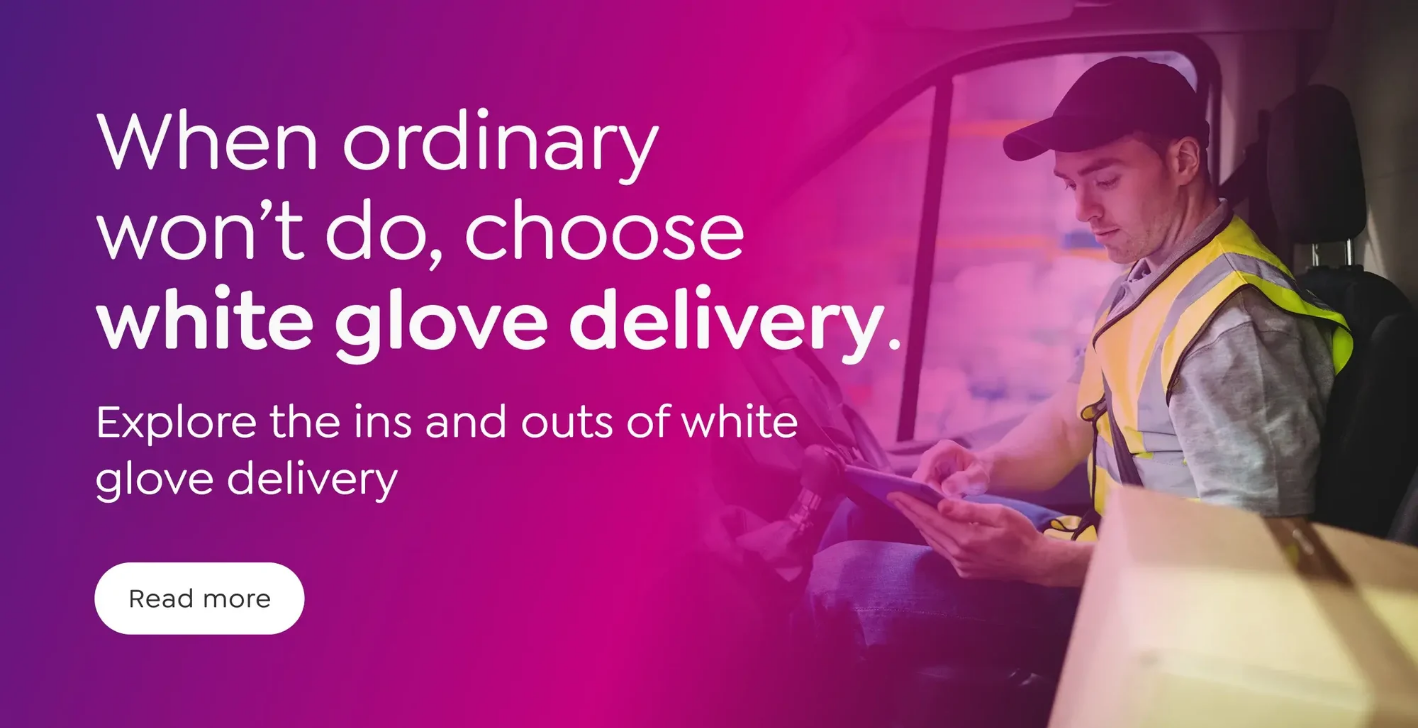Food, pharmaceuticals, and chemicals. They’re some of the world’s most shipped goods, yet among the most difficult to ship.
Every day, they’re transported thousands of miles across continents, through sweltering heat and blistering cold, but still make it to their end destination in perfect condition.
How?
Cold chain shipping.
What is cold chain shipping?
Cold chain shipping, also known as cold chain logistics or cold chain management, keeps temperature-sensitive goods within the desired temperature range during long journeys.
A dependable cold chain enables you to:
- Preserve product integrity and efficacy (especially in the case of pharmaceuticals)
- Comply with regulatory standards
- Maintain customer confidence
- Reduce waste
Cold chain shipping starts in a temperature-controlled environment, where workers prepare the products. They pack the items in specialised containers using gel packs, dry ice, or liquid nitrogen.
Refrigerated trucks then transport the shipments. These trucks use temperature controls to maintain a cold environment throughout the journey. In many cases, teams add sensors to monitor the temperature and track the shipment in real time.
For hazardous materials such as chemicals, an ADR courier service is essential. This ensures that temperature-sensitive goods not only stay within the desired range but also receive specialist handling and packaging to prevent spills or accidents.
At each stop, staff store the products in cold warehouses and check the temperature to confirm it stays within a safe range.
Finally, drivers deliver the products to their destination – whether that’s a store, hospital, or restaurant. At delivery, personnel check the temperature one last time.
Industries that rely on cold chain shipping
Food and agribusiness
Unsurprisingly, perishables like fresh produce, dairy, meat, seafood, and frozen goods are the largest cold chain end use. In the UK, nearly 49% of all food and beverage products require chilling or freezing.
Pharmaceuticals and life sciences
Temperature control is crucial to preserve the effectiveness and safety of medicines and biological products.
- Vaccines must be kept between 2–8°C (or even frozen for mRNA vaccines)
- Biologics, like insulin, degrade if not refrigerated
- Blood products must stay within strict temperature ranges to remain usable
We demonstrated the importance of cold chain logistics when we delivered a time-critical blood delivery for the NHS.
Chemicals
Some chemicals – such as dyes, adhesives, and biotech reagents – require controlled temperatures. If the chemicals get too warm or too cold, they can break down, lose effectiveness, or even become dangerous.
An ADR courier service is essential because chemicals not only require temperature-controlled transport but also specialist handling and packaging to avoid spills or accidents.
Horticultural
86% of cut flowers sold in the UK are imported, making cold chain shipping a critical component of the £1.4 billion floristry industry. Given how quickly flowers begin to deteriorate after cutting, maintaining a stable temperature between 0 and 4°C throughout the supply chain is essential.
Cold chain logistics help preserve freshness, extend shelf life, and reduce spoilage, ensuring retailers receive high-quality blooms.
Challenges in cold chain logistics
While cold chain shipping is essential for many industries, it also presents unique challenges.
- Cost: temperature-controlled logistics requires specialised equipment, facilities, and expertise, which can be more expensive than traditional shipping methods.
- Infrastructure: specialist storage facilities and refrigerated vehicles may be limited in certain regions. Reliable European delivery networks are crucial for smooth cross-border transport.
- Monitoring: ensuring consistent temperature control throughout the supply chain requires advanced monitoring technology and data management.
- Time constraints: perishable goods often have short shelf lives, making timely delivery critical to prevent spoilage and waste.
- Regulatory compliance: many countries have strict regulations governing the transport of temperature-sensitive products, particularly in the food and pharmaceutical sectors.
/Blog/Cold%20chain%20shipping/Key%20challenges%20in%20cold%20chain%20logistics.webp?width=2000&height=896&name=Key%20challenges%20in%20cold%20chain%20logistics.webp)
What is the reverse cold chain technique?
The reverse cold chain is a process that returns temperature-sensitive products, like medicines or vaccines, back to the manufacturer or distributor. Just like the regular cold chain keeps products cold when they're delivered to stores or hospitals, the reverse cold chain keeps them cold when they're sent back. For example, during a drug recall or when unused medicine needs to be returned.
The cold (chain) truth
While cold chain shipping demands specialised infrastructure and careful management, investing in these solutions is essential to meet industry standards and overcome logistical challenges. Simply put – a reliable cold chain means products arrive fresh, safe, and ready to use.

/Blog/Cold%20chain%20shipping/industries%20that%20need%20cold%20chain.webp?width=2000&height=1088&name=industries%20that%20need%20cold%20chain.webp)
